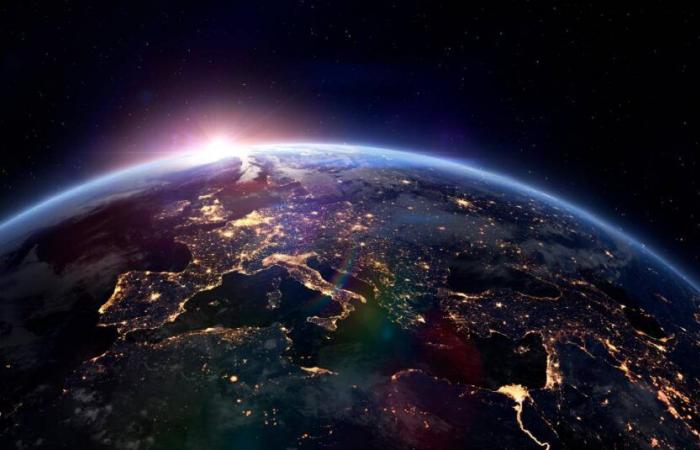The earth’s atmosphere will not be eternal. Although it seems a distant idea, a recent study led by NASA and the University of Toho revealed that Within approximately one billion years, the Earth will cease to be a habitable planet for complex lifeas a result of the progressive exhaustion of oxygen in the air.
The explanation
This transformation, caused by the gradual increase in solar luminosity, will mark a turning point in the history of the planet, whose chemical stability has been key to the existence of animals, humans and vegetation.
Also read: How to take care of the Earth and avoid catastrophe?
The climate and geochemical model used by scientists – directed by Kazumi Ozaki, of the University of Toho, and Christopher Reinhard, of the Nexus for Exoplanet System Science System Institute of NASA – simulated the evolution of the earth’s atmosphere in geological time scales. Its findings are overwhelming: as the sun becomes brighter, it will cause the rupture of carbon dioxide (CO₂) molecules, which will make photosynthesis impossible. Without this process, plants cannot produce oxygen, and without oxygen, life as we know it will disappear. “The decrease in CO₂ will make photosynthesis impossible, and without photosynthesis, oxygen will cease to be generated,” Ozaki explained in the journal Nature Geoscience.
Although The total collapse is projected for a billion years, the first indications could begin to be noticed in just 10,000 years, according to simulations. From then on, a gradual process of desertification and extinction will begin. Reinhard summarized it like this: “Without plants, there will be no oxygen available for animals or humans.” The Earth will return to a state similar to the one it had more than two billion years ago, when there were only primitive microorganisms and the environment was hostile for any complex way of life.
The loss of atmospheric oxygen will also entail the disappearance of the ozone layer, which depends on its presence. Without that protection, the earth’s surface will be exposed to lethal levels of ultraviolet radiation. Only some anaerobic life forms – organisms that do not need oxygen to survive – could adapt to new conditions. In addition, an increase in methane concentrations (CH₄), a powerful greenhouse gas, which will aggravate air toxicity and accelerate the deterioration of the atmosphere is expected.
“This reality reminds us that even the most basic elements of our existence are transitory,” warned the authors of the study. Beyond its future implications, The findings have immediate repercussions in fields such as astrobiology and the search for life on other planets. According to Reinhard, the developed model “offers a new perspective on the life cycles of habitable planets”, and forces to reconsider the criteria with which the habitability of worlds is evaluated beyond the solar system.
Find out of more: the center of the earth since 2010 is in deceleration in relation to the surface of the planet
In parallel, NASA and other space agencies continue to monitor the star evolution with instruments such as the James Webb telescope, observing stars in different phases to better understand the fate of our own sun, whose expansion in the form of a red giant within about five billion years will end up consuming mercury, venus and possibly to the earth. The good news, for now, is that the planet still has a long future ahead. The bad, that its habitability – as everything in the universe – has an expiration date.






